After a brief respite from our solar duties and a few impromptu dance parties, it was back to work for the tireless Nimba team. We had most of what we needed up on the roof. Now it was just a matter of putting the pieces together. As with almost everything in Guinea, this was not as simple as it sounds.
First of all, the operation was not entirely located on the roof. We had to find a safe, out-of-the-way place in the house to set up a bank of batteries and the inverter - a funny little box that coverts the DC (direct current) electricity produced by the panels into good ol' appliance-friendly AC (alternating current). AC/DC - yes, like the Australian rock band. We'll spare you the universe of applicable puns on their song lyrics we're thinking of right now. Trust us.)
So, we found a snug corner just off of the living room perfect for stashing the little power station and called in a carpenter to build a cabinet to house the equipment. When the carpenter arrived, guess what? The power went out. Undaunted, the carpenter rained down sawdust as he merrily sawed away at 2x4s in the dark, aided by a slightly more disconcerted Fronsy. A few hours and no missing limbs later, the cabinet was completed. Another testament to Conakry's wealth of innovative and expert craftsmen - although it should be noted that sawing wood in the dark might more accurately be classified as an Olympic sport.
Meanwhile, Mohamed and El Hadj were charged with the perilous task of pouring the acid into the batteries. Surrounded by 20 liters of corrosive acid, they hunkered down behind the house and set to work. Onlookers watched silently as each bottle was slowly drained into the batteries. As they painstakingly emptied the twentieth liter, we breathed a collective sigh of relief. Battery bank was injury-free and ready to go!
The batteries had to sit for 24 hours to equalize, giving us plenty of time to get our roof on. Unwrapping our packed-for-the-apocalypse solar modules was a job in itself. Knives and other dubious sharp instruments were wielded to penetrate the countless layers of protective material. Apparently, bubble wrap is a bit of a novelty in Guinea (with a postal system that is under the weather at best, it's no wonder - things don't get mailed too often in these parts). Amid much joyous snapping, crackling and popping from the smaller residents of Bagatai, we managed to free the panels and put them where they should be - in the sun.
Compared with all of the the prep work, installing the panels is the easy part. The racking system is relatively simple to assemble (provided, of course, that you have all the right bolts) - a bit like an Erector Set. Throw in the fact that for over a week, everyone had been casting longing stares at the two large wrapped parcels leaning against the wall (especially on hot nights when the power went out) and you have panels that, thanks to El Hadj and Company, were set up with lightning speed.
Finally in place, the seemingly inert panels were now veritable flurries of subatomic activity. In order to capture all those willy-nilly electrons, we had to wire the panels to the battery bank, otherwise known as "downtown". Solar installer extrordinaire, El Hadj, had prepared the wires earlier so the team simply measured the panels' output and connected the final wires. But we still had to wait for the batteries to charge. Oh, delayed gratification!
Later in the hot, sticky Conakry afternoon, we decided to check the system during the scheduled grid power outage. A switch was flipped, and it worked! The fans and lights of Bagatai flickered on in a glorious display of wattage. Dance class screeched to a halt as everyone bounded into the house ecstatic and in disbelief. The ubiquitous drumming was replaced with jubilant whooping, hugging and even a few joyful tears. That evening, Youssouf held a (somewhat) solar-powered dance party in celebration of our initial success. The batteries were not yet charged enough to run for very long, so actually only the first few songs were solar-powered, but when everybody is shaking their rumps, who's really counting?
Problem Solving
Story over. Most of the work completed, right? Not exactly. The PV array at Bagatai is not large enough to completely replace the power from the grid. Instead it supplements, helping to fill in the 18-hour gaps between grid service. A few days after the install, we realized that moving the panels to the roof of the other house could increase energy production as there is space to manually rotate the panels during the day to follow the path of the sun.
Trial and error - here we come! Picking up the entire shebang and moving it was not as difficult as one might think. The panels were already mounted on the rack and we had plenty of muscle in the house. Most of the work lay in simply rewiring the system. The panels got a new roof and there they remain. Three times a day, Bagatai solar experts-in-residence, Baba and Parmati, diligently shift the rack a few degrees to capture maximum sunlight.
Getting Schooled
OK, so now everything is in place. Job done? Finished? Time to kick back with a nice, lukewarm Guiluxe? Almost. Nimba had one crucial task to complete - filling in the folks of Bagatai about the bizarre people who had been scuttling across their roof and other wacky changes their home had undergone in the preceding weeks. We held a rooftop workshop covering energy efficiency, the nuts and bolts of their PV system and how to maximize the potential of the panels. With Youssouf acting as translator and Fronsy brandishing many homemade illustrations, a grand and educational time was had by all.
Thanks to the attention and ingenuity of our Guinean friends, Nimba was able to complete our first renewable energy mission in-country. In the process, we managed to learn as much as we set out to teach.
Now, where's that Guiluxe?
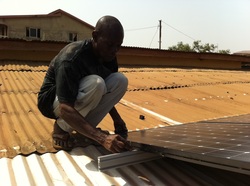
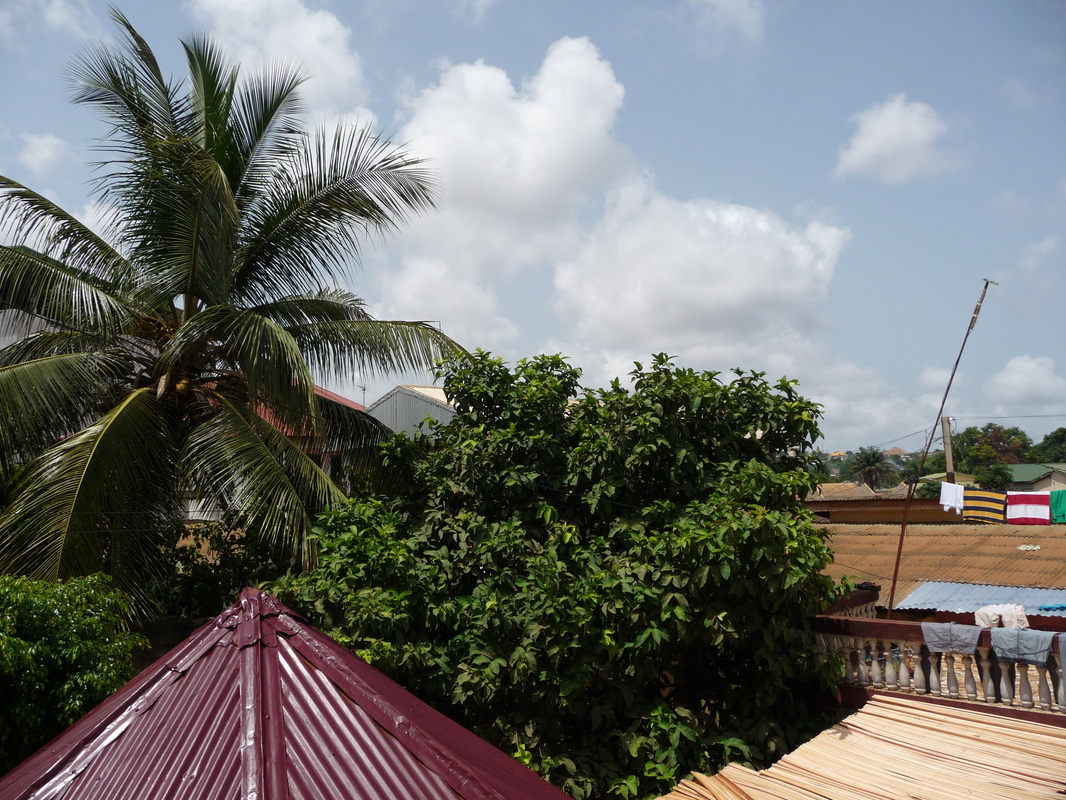
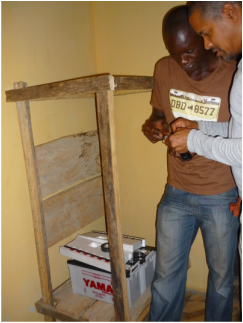
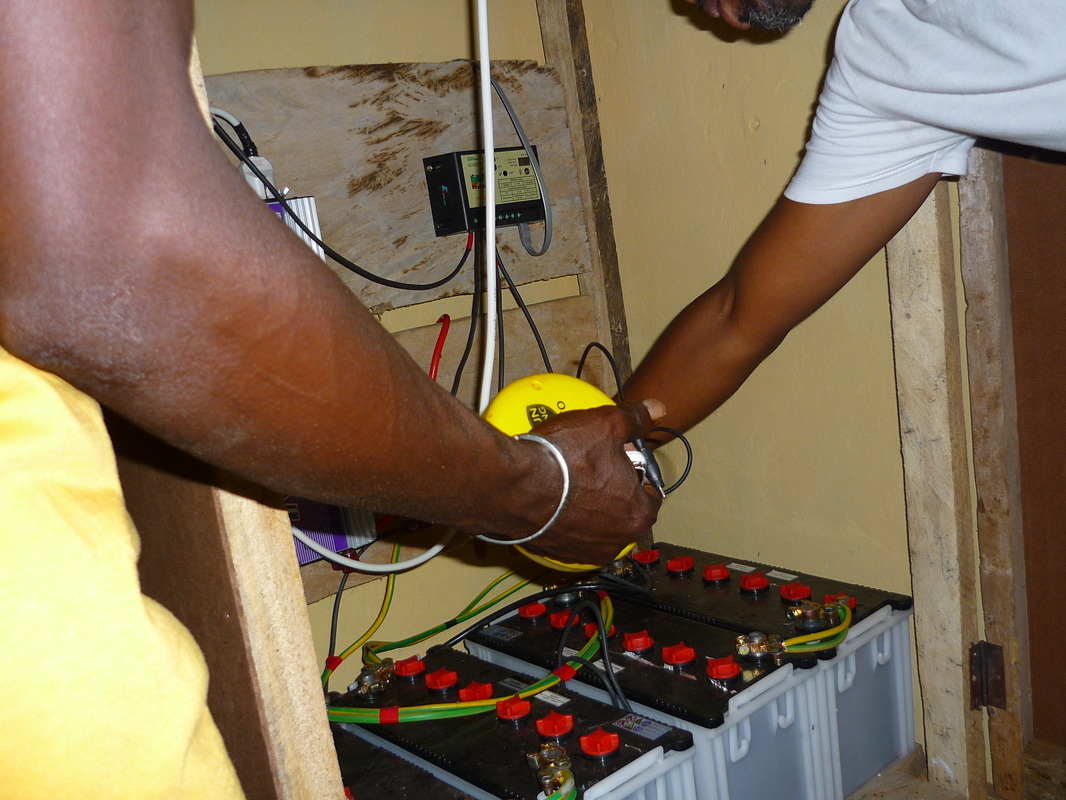
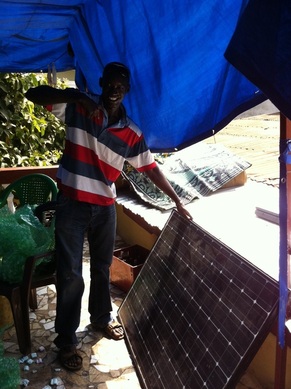
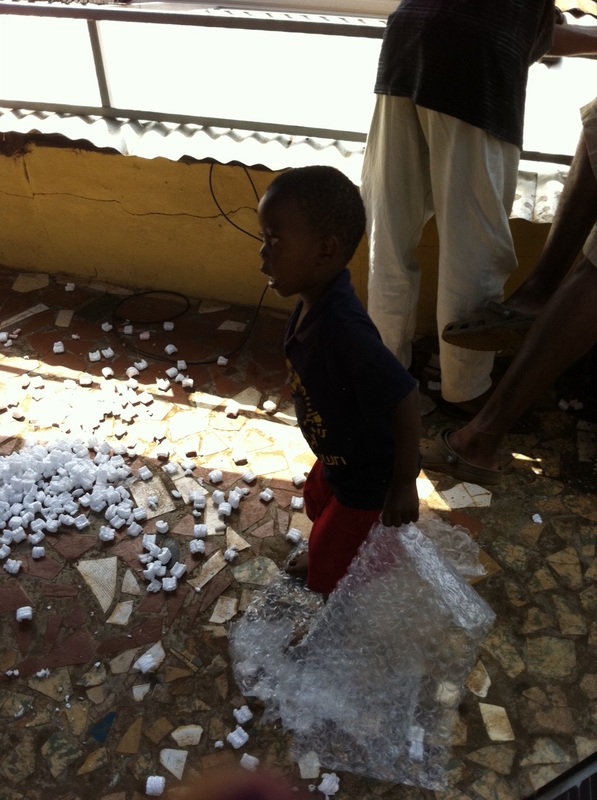
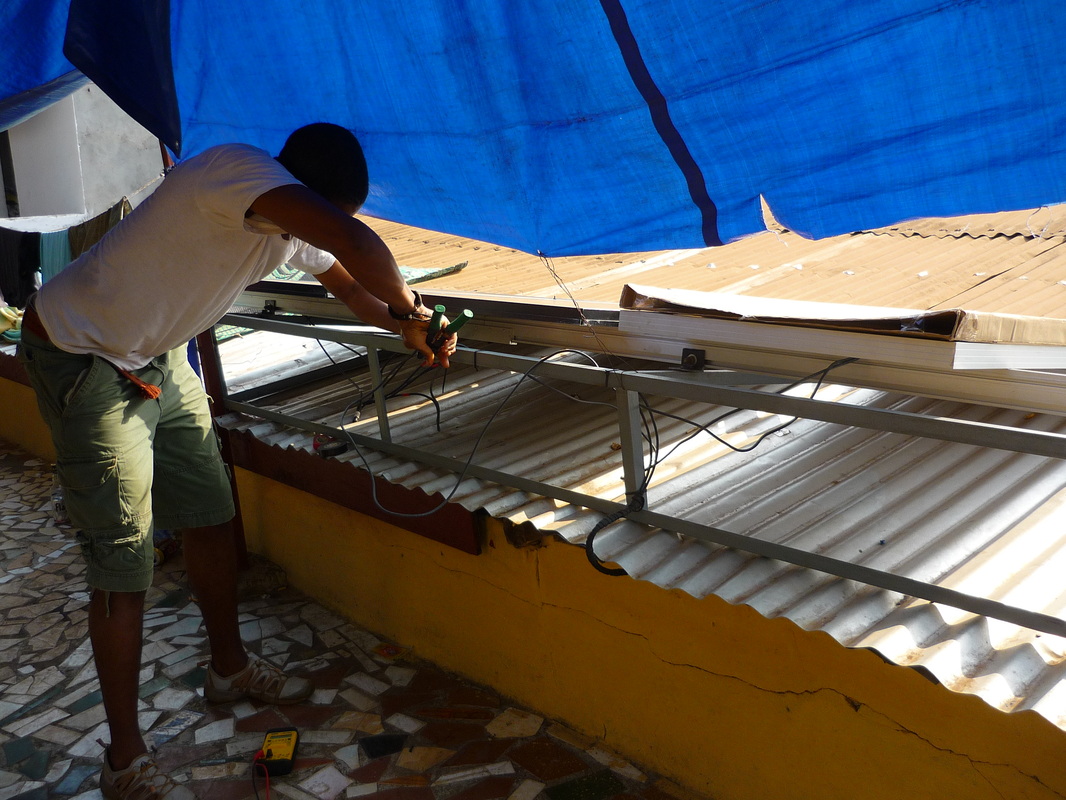
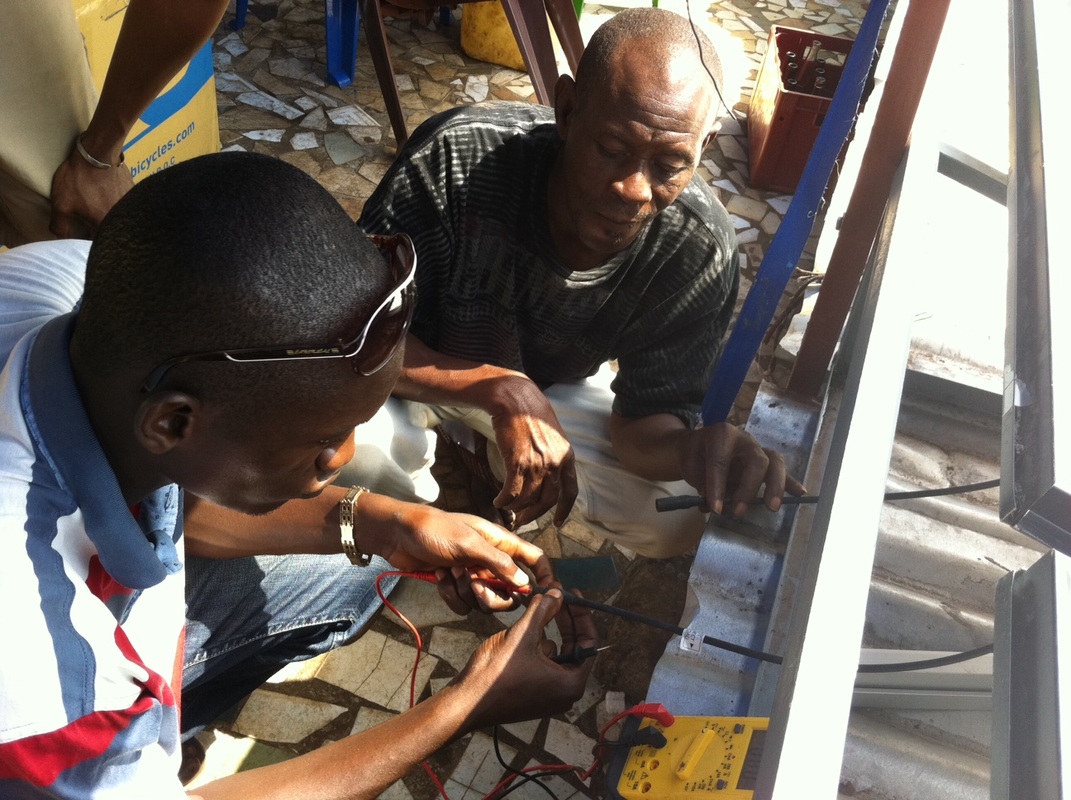
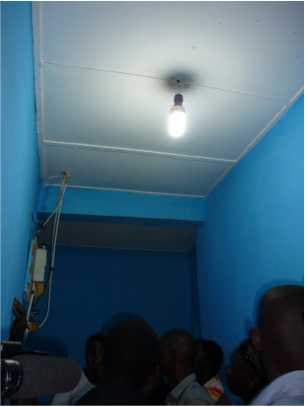
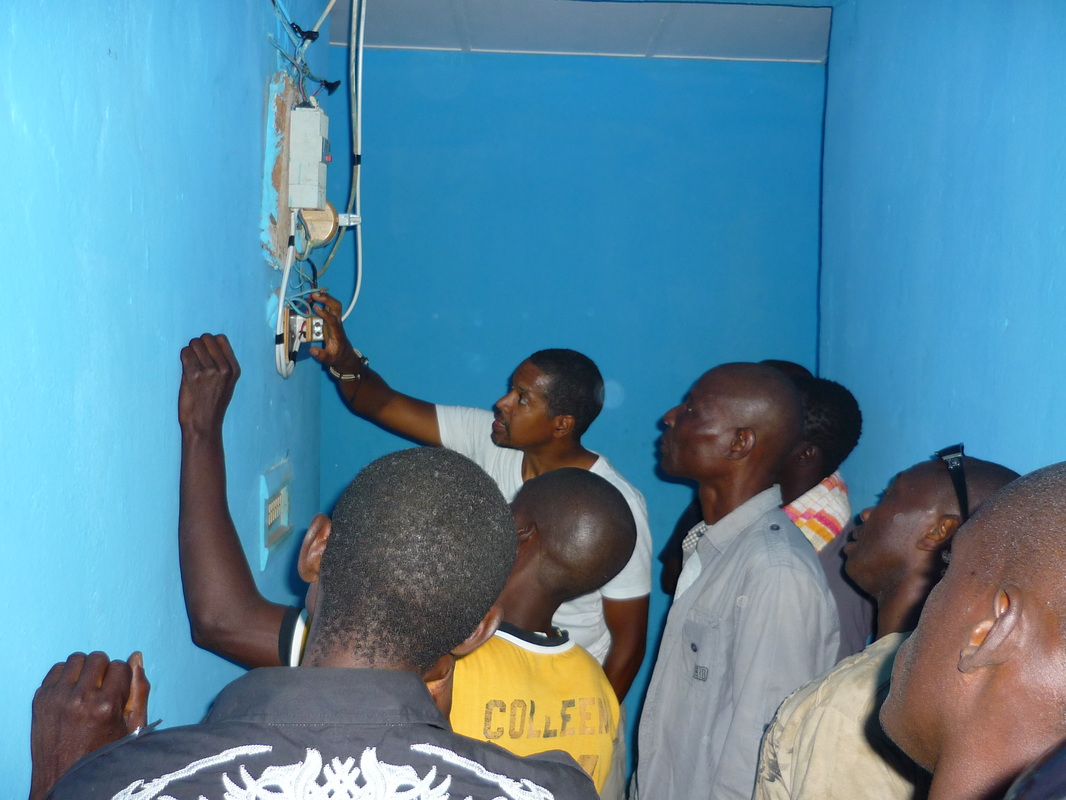
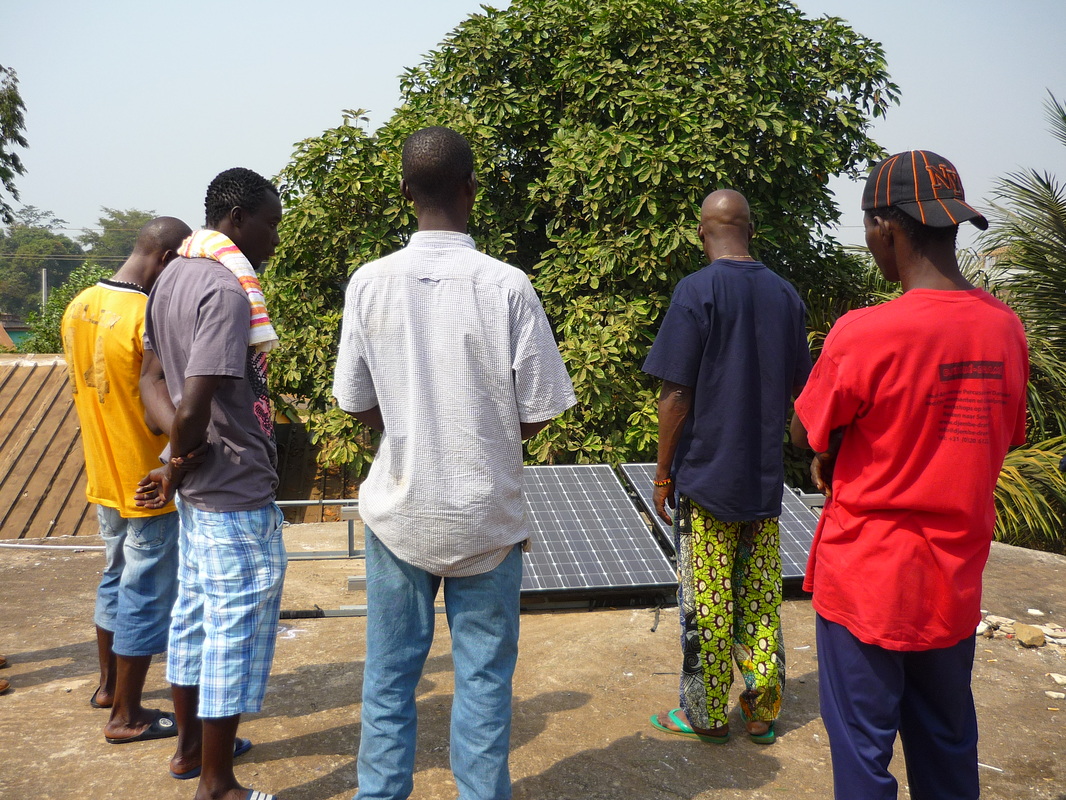
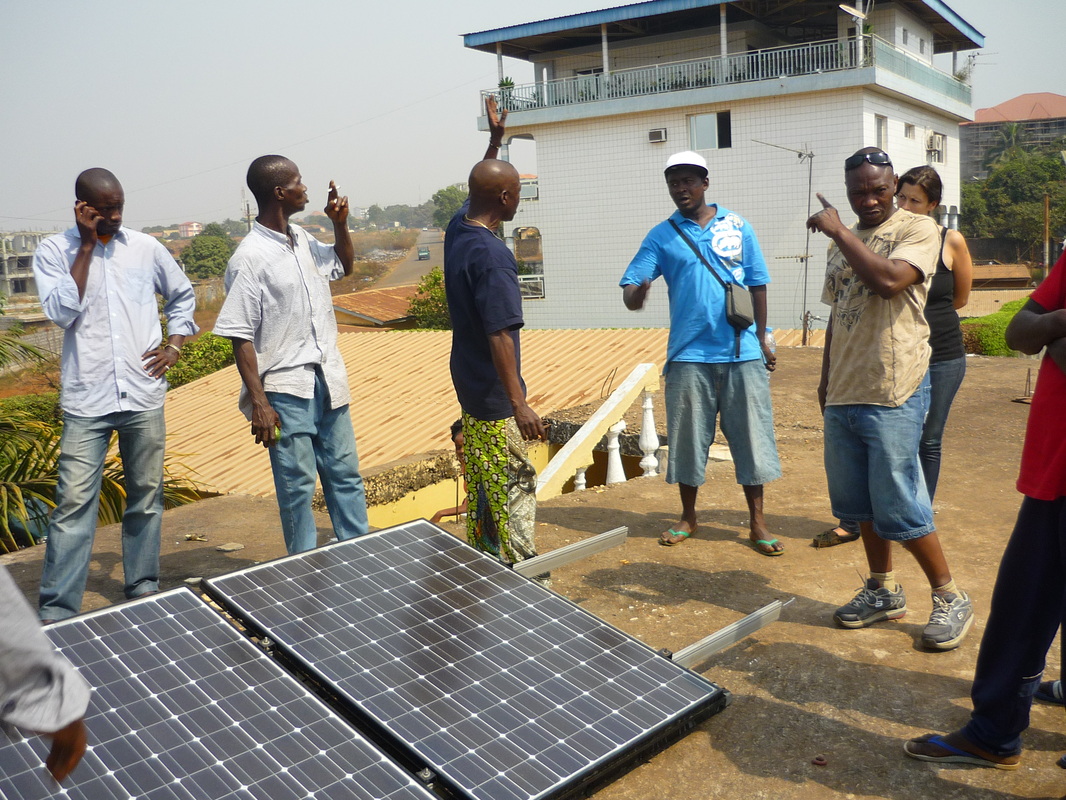
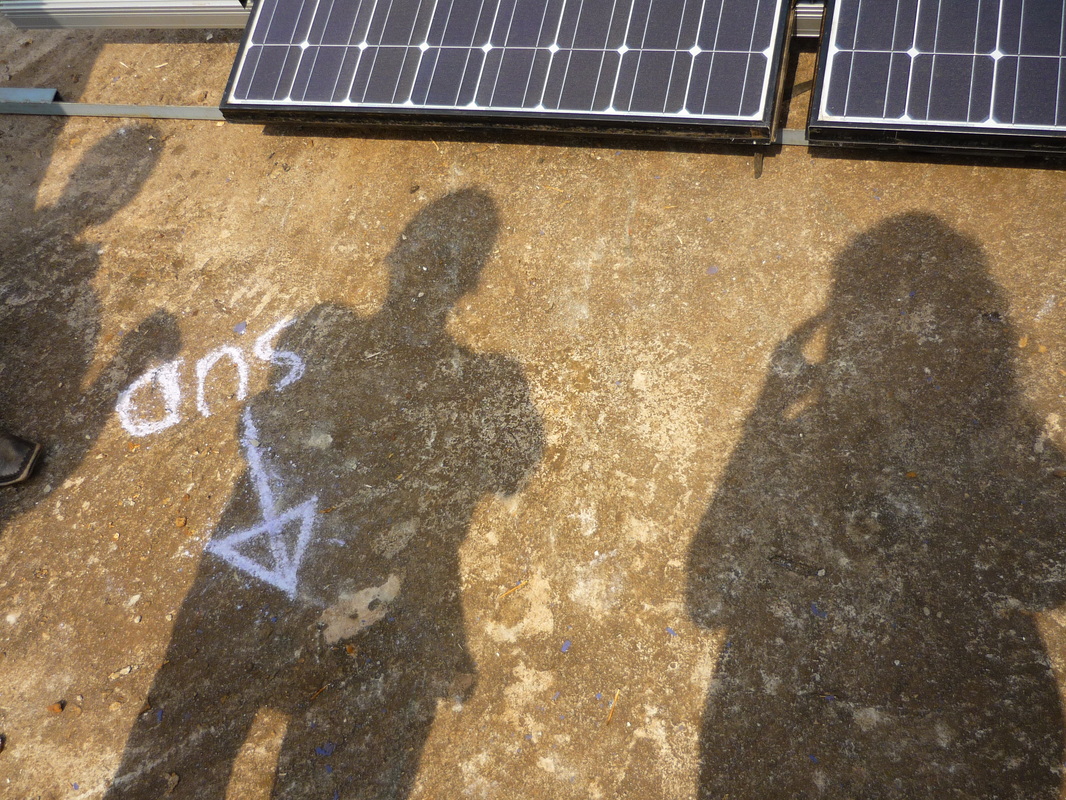
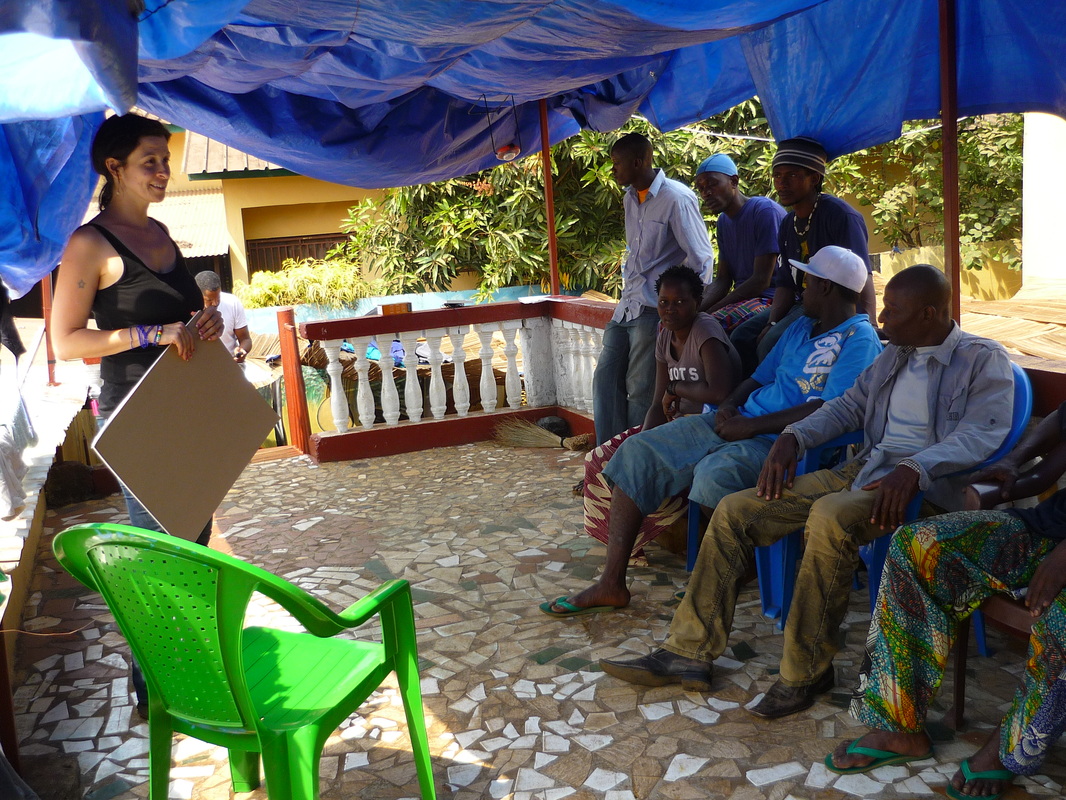
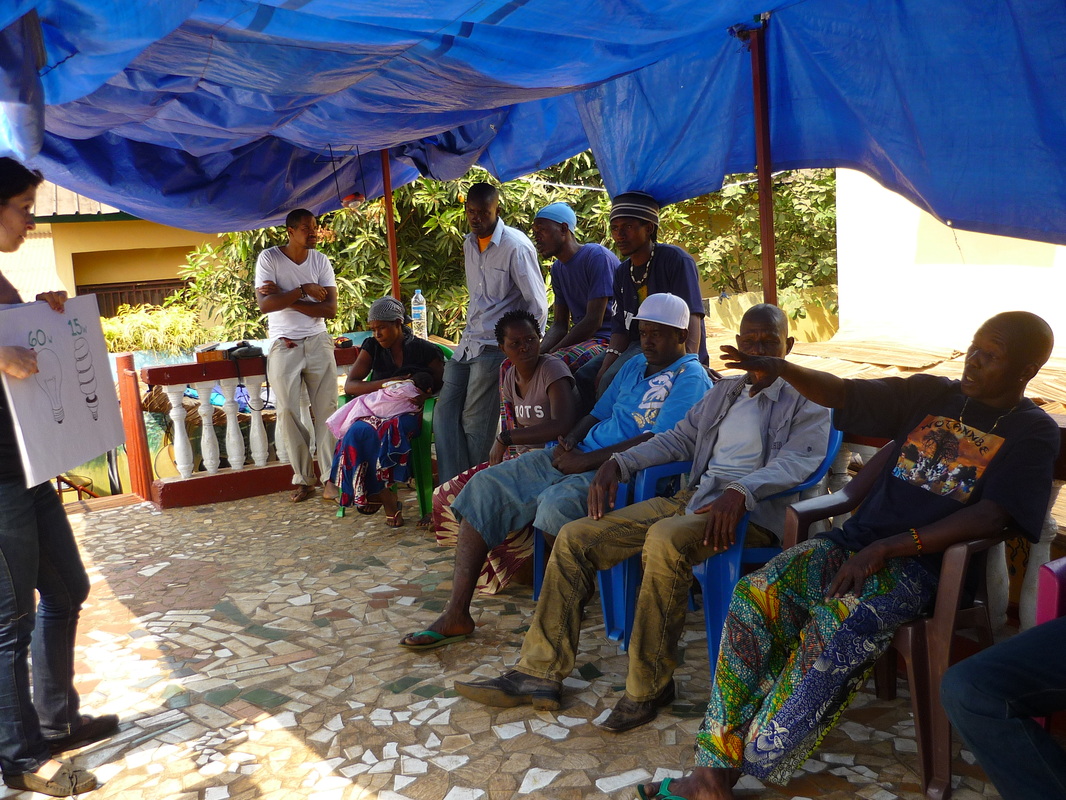
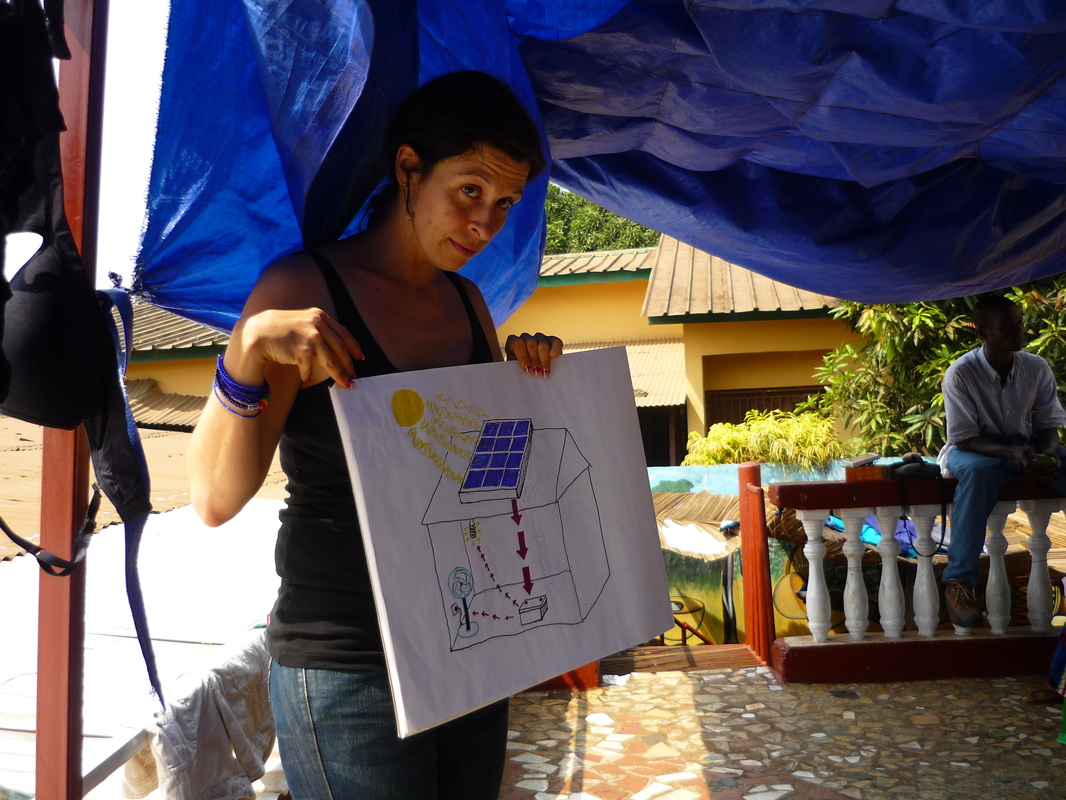
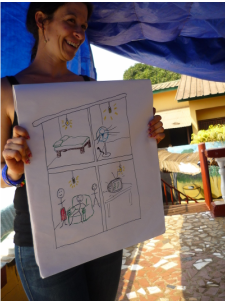
 RSS Feed
RSS Feed